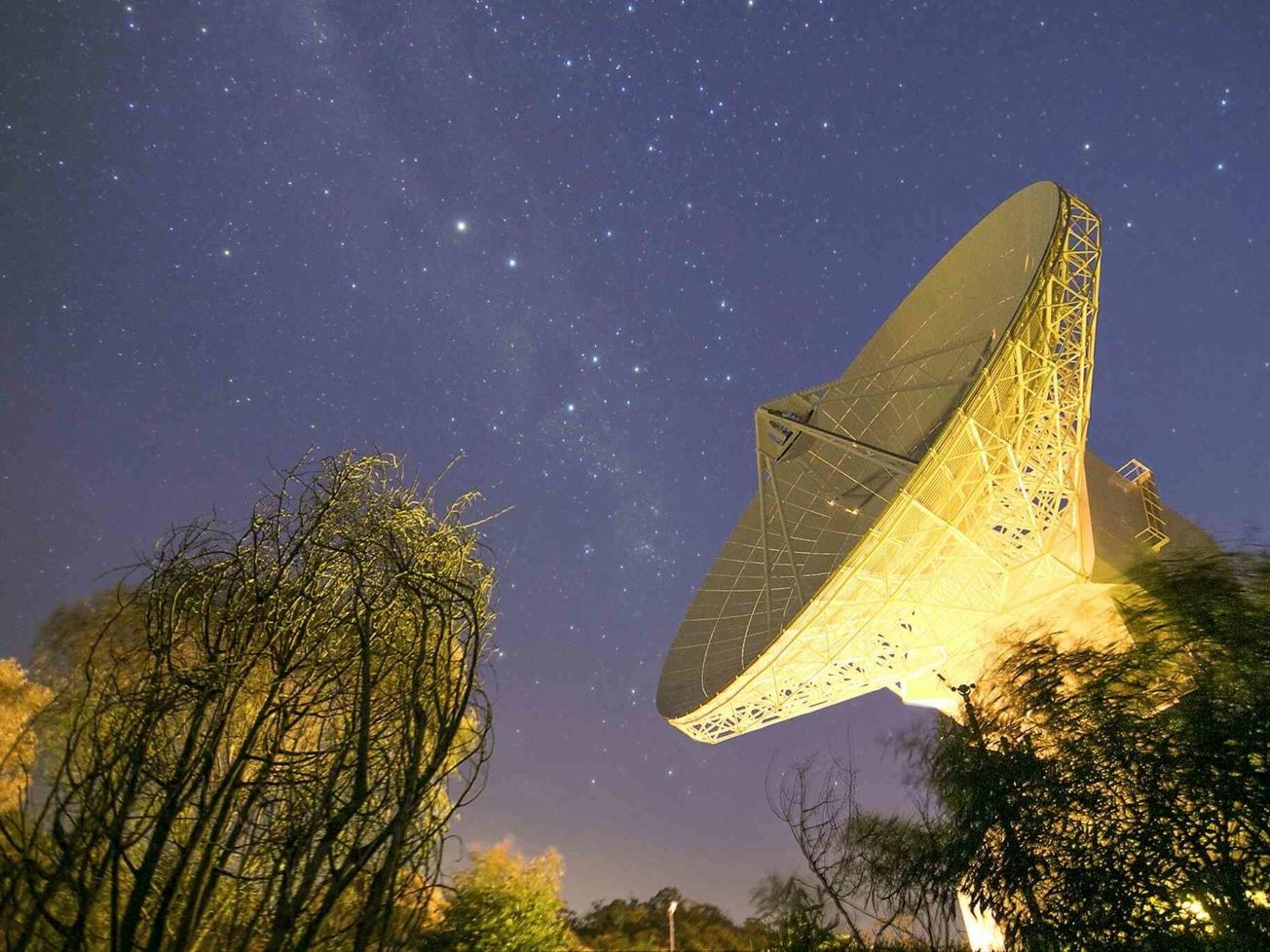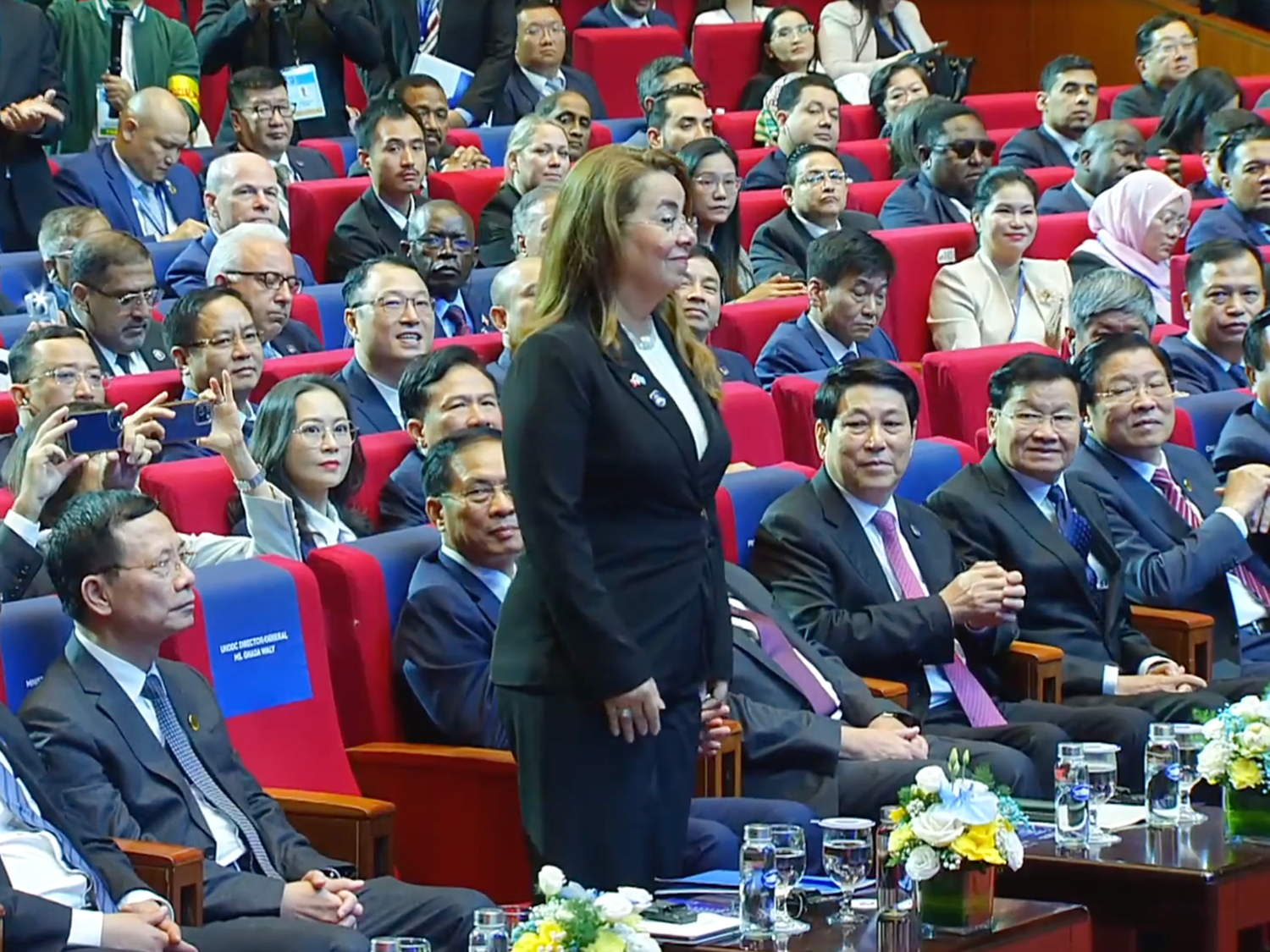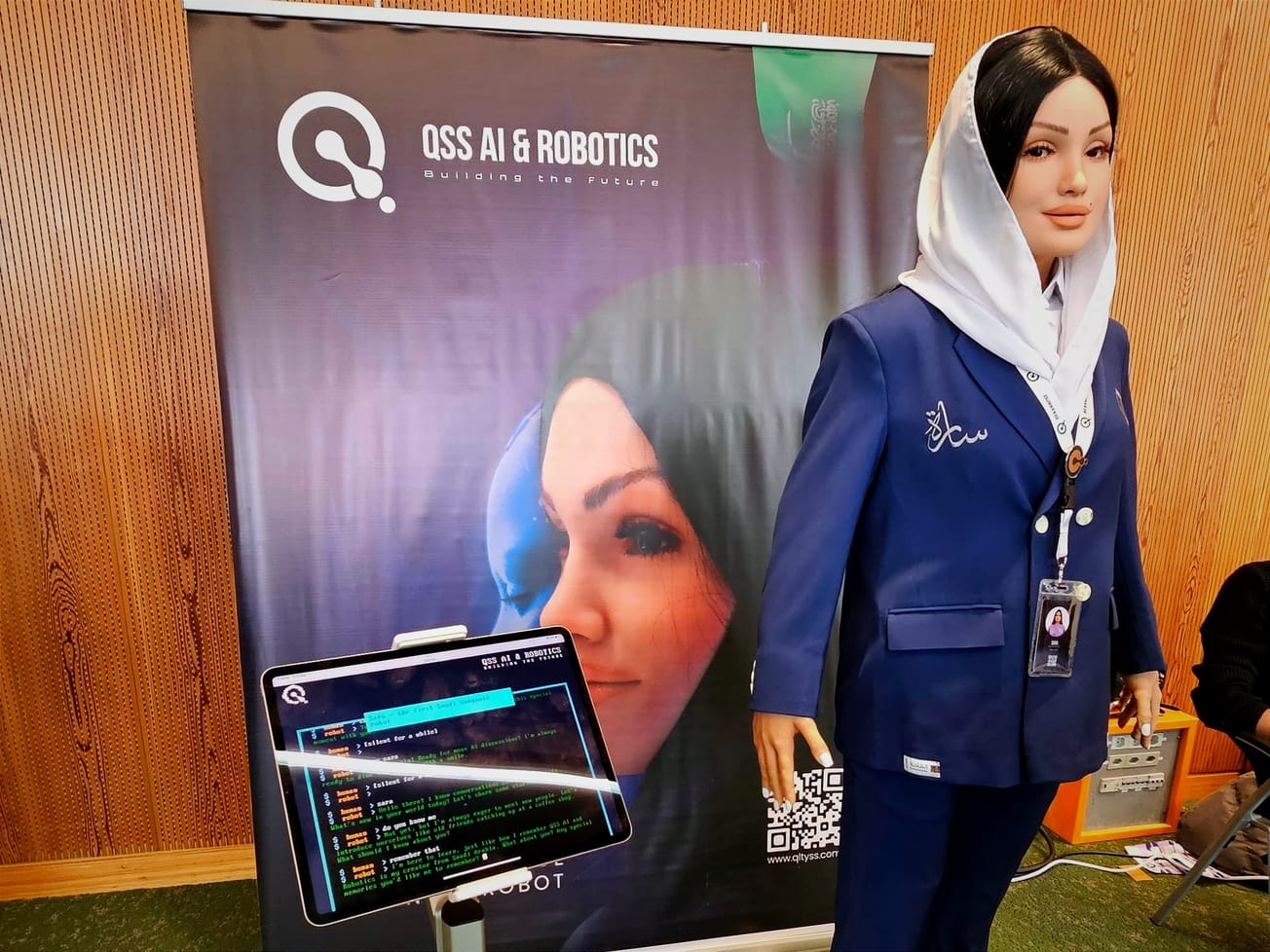The European Space Agency wrapped up two days of high level meetings on Thursday with pledges from 22 member nations to support more ambitious space exploration and research projects, including monitoring of climate change.
Officials called it "the most ambitious plan to date for the future of ESA and the whole European space sector" after the agency's meeting in Seville, Spain, where Canada and other European Union observers also took part in talks to secure European access to and use of space, according to an agency statement.









